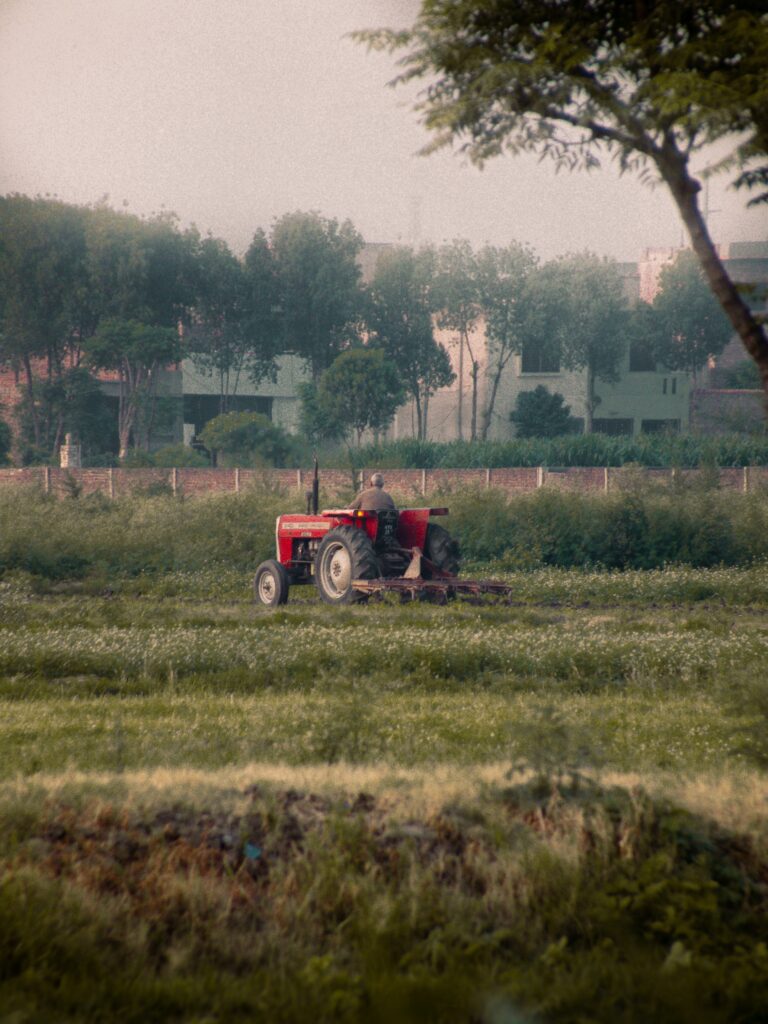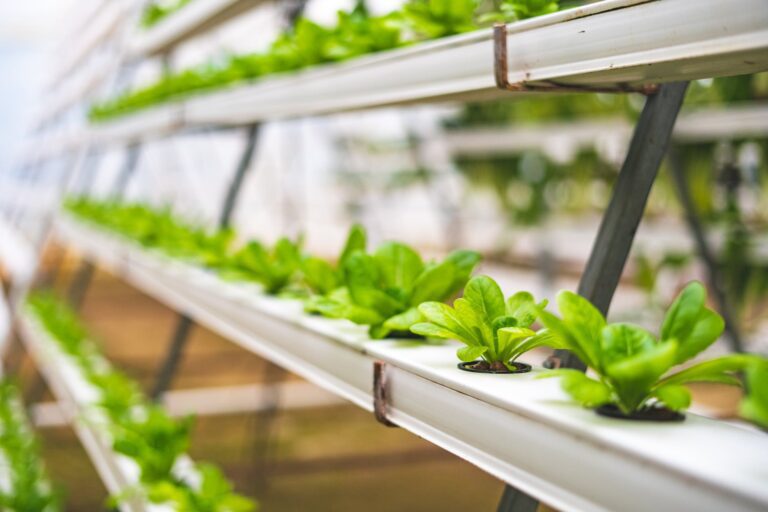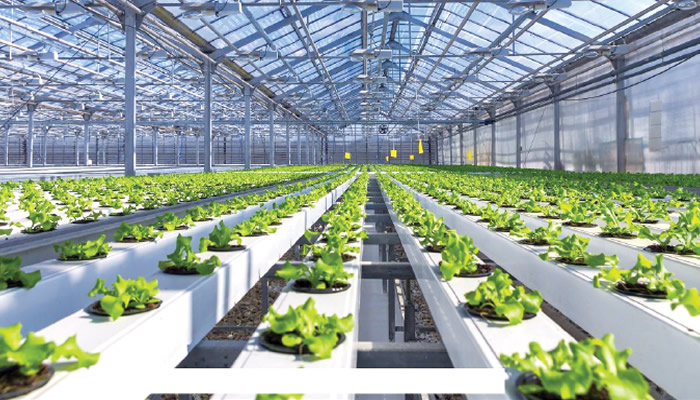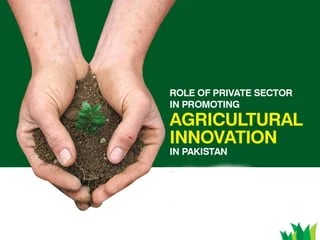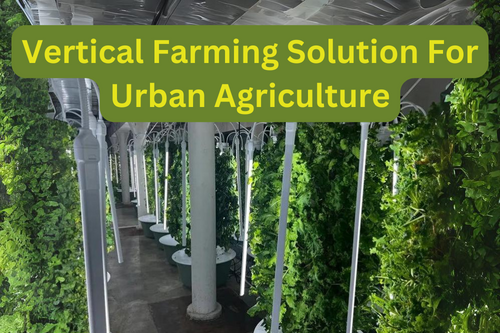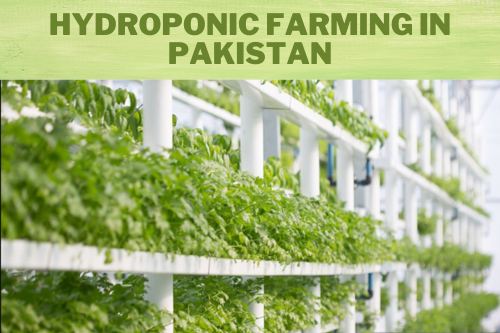Introduction
Hydroponic farming is a modern method of growing plants that uses a water-based solution instead of soil. This method has gained popularity recently due to its high efficiency and the potential for year-round crop production. However, hydroponic farming also has the potential to contribute to climate change mitigation and adaptation efforts.
Climate change is a significant threat to global food security, as it can disrupt agricultural production and increase the frequency and severity of natural disasters. Hydroponic farming helps to mitigate the impact of climate change on food security by reducing water usage, improving crop yields, and decreasing the need for chemical fertilizers and pesticides.
Significance of Hydroponic Farming Solution to climate change
One of the significant advantages of the hydroponic farming solution to climate change is its water efficiency. Traditional farming methods require large amounts of water, which can lead to water scarcity and exacerbate the effects of drought. In contrast, hydroponic systems use only a fraction of the water needed in traditional farming. This is because the water in a hydroponic system is recycled. It can be used repeatedly, reducing the amount of water lost to evaporation or runoff.

In addition to being water-efficient, hydroponic farming can also lead to higher crop yields compared to traditional farming methods. This is because hydroponic systems allow for precise control over nutrient and water delivery, which leads to optimized growing conditions for plants. As a result, hydroponic crops can grow faster and produce higher yields than crops grown in soil.
Moreover, hydroponic farming can reduce the need for chemical fertilizers and pesticides. Traditional farming often uses these chemicals to control pests and improve plant growth. However, these chemicals can have negative environmental impacts, such as pollution of waterways and harm to beneficial insects. Hydroponic farming can reduce the need for these chemicals. By directly providing plants with the necessary nutrients, without relying on soil-borne nutrients.
Climate Crisis
Hydroponic farming solutions to climate change can also contribute to climate change adaptation efforts. As the world warms, extreme weather events like droughts, floods, and heat waves are expected to become more frequent and severe. Hydroponic farming can help farmers adapt to these changes by providing a way to grow crops that is less vulnerable to weather fluctuations. For example, hydroponic systems can be set up in controlled environments that protect plants from extreme heat or cold. They can be set up indoors, reducing the risk of crop damage from natural disasters.
Finally, hydroponic farming can also contribute to reducing carbon emissions. Traditional farming methods can generate significant carbon emissions, such as from the use of fossil fuels in tractors. The other machinery, and the production and transport of chemical fertilizers and pesticides. On the other hand, Hydroponic farming reduces carbon emissions by minimizing the use of these inputs. By enabling year-round crop production, reducing the need for long-distance transport of produce.
Conclusion
In conclusion, the hydroponic farming solution to climate change has the potential to contribute significantly to global climate change mitigation and adaptation efforts, by reducing water usage, increasing crop yields, reducing the need for chemical inputs, and enabling year-round crop production. Hydroponic farming can help ensure food security in the face of climate change while minimizing negative environmental impacts. Hydroponic farming is a vital tool in the fight against climate change and should be further explored and promoted as a sustainable agriculture practice.
For more Amazing and Unique information and Posts Visit our Home page... If you have any suggestions or information feel free to share with us ….

